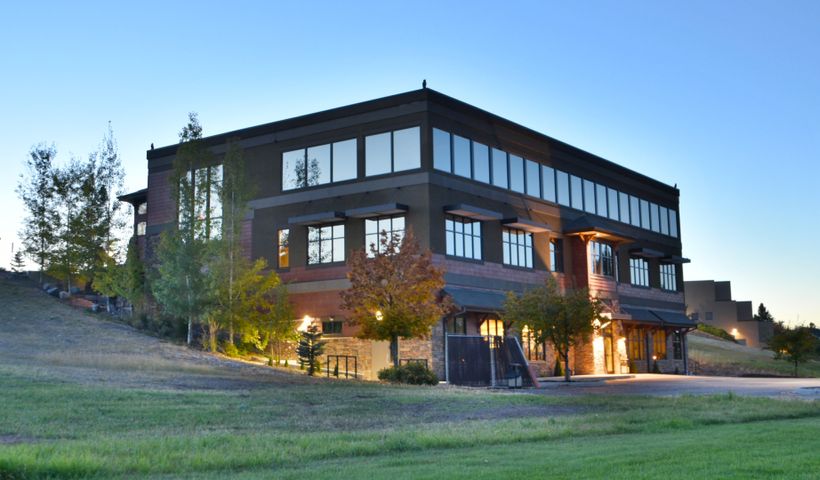A Guide to Developing a Sustainable School Design

With environmental concerns becoming increasingly important, many developers and planners are opting for sustainable architecture in the designs of their buildings. A sustainable school design prioritizes environmental consciousness and student and staff health. Before breaking ground on a new facility, below is an overview of how to create an environmentally friendly space.
What Factors Should You Consider?
Indoor air quality is a major issue in schools, as there are many students and staff members in the building each day. If there are dust particles, chemical vapors, mold spores, and other allergens in the air, people inside the building with allergies or asthma may experience more frequent symptoms. To prevent this, the architecture of the school should incorporate adequate ventilation. For example, installing exhaust fans in each room and adding courtyard areas will help remove stale, dirty air.
Another aspect of sustainability is waste. To minimize the volume of waste that construction produces, select building materials that are durable and recyclable. For example, using bamboo as the base of the flooring allows you to easily recycle it if you want to update the floors in the future. Opting for locally sourced materials will also reduce the project’s carbon footprint.
Schools consume a lot of energy to heat, cool, and illuminate the building. Through passive design, architects can use the building’s surroundings to save energy. For example, if the school is in a sunny area, large windows and skylights reduce the need for artificial lights and heating. For a more active approach, designers might use solar panels to draw on renewable resources. Lastly, don’t forget water use. By integrating low-flow toilets, faucet shut-off controls, and other sustainable fixtures, the school can conserve water.
What Are the Benefits?
Sustainable architecture ensures the school has a smaller ecological footprint, reducing pollution and resource waste. This sets a positive example for students about the importance of being thoughtful, responsible citizens. Plus, by using fewer resources, the school will reduce costs, allowing administrators to purchase new equipment and hire more staff members.
When you allow natural light to filter through the building, this increases productivity and boosts mood, which improves the students' overall performance. With a comfortable and beautiful place to learn and work, the school population will enjoy their time on campus.
If you’re looking to build a functional, sustainable school, contact Jackola Engineering & Architecture. With locations in Kalispell, MT, and Vancouver, WA, this architecture firm has been designing high-quality, beautiful buildings for over 50 years. They can customize any project to meet your needs and goals. Visit the website for more information about their services. Call (406) 755-3208 to reach their Kalispell office, and dial (360) 852-8746 for their team in Vancouver.
About the Business
Have a question? Ask the experts!
Send your question

